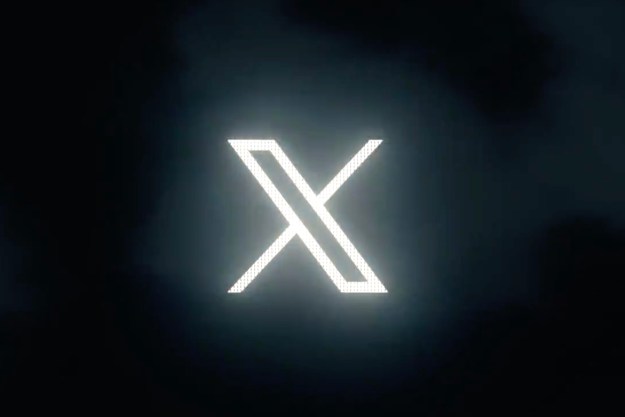 A lot’s been happening at Twitter in the last couple of months as it continues its drive to bring more and more services in-house. It recently paid a fair whack for the TweetDeck third-party client. Then there was the introduction of a “Follow” button. After that, it rolled out a new photo sharing tool. And on Tuesday the company released a feature that will automatically shorten links.
A lot’s been happening at Twitter in the last couple of months as it continues its drive to bring more and more services in-house. It recently paid a fair whack for the TweetDeck third-party client. Then there was the introduction of a “Follow” button. After that, it rolled out a new photo sharing tool. And on Tuesday the company released a feature that will automatically shorten links.
“Today, we’re releasing something that many of you have been asking for – automatic link shortening on Twitter.com,” the company said on its blog on Tuesday.
The post explains how the new feature works: “Just paste a link of any length into the Tweet box on Twitter.com. After you’ve composed your Tweet and you hit the “Tweet” button, we’ll shorten the link so that it only takes up 19 characters,” meaning that you won’t have to be so concerned about fitting it within the 140 character limit.
According to the post, this makes sharing links “simple and instant.” The feature also helps to increase security as users will now be directed to a special warning page should they click on a link that has already been reported as malicious.
Just as the likes of TwitPic and yfrog may have had a sinking feeling when Twitter’s new photo service was launched last week, link-shortening services such as bitly may well be experiencing a similar sensation today. However, Twitter has pointed out that fans of those third-party services will be able to continue to use them.
A support page from Twitter explains exactly how to use the new feature:
1. Start typing or paste a long URL into the Tweet box.
2. After you’ve entered the first 13 characters of a URL, a message will appear at the bottom of the Tweet box, letting you know that the link will appear shortened.
3. Notice that even if you’ve reached the character limit, you can continue to add text to the URL with no consequence.
4. Once the Tweet is posted, it will be assigned a t.co link ID, but the link will appear as a shortened version of the original URL, so people who see your Tweet will know the site they are going to.
Twitter says that the new link-shortening feature will be rolled out gradually, initially being made available to “a small percentage of users.”
“It will eventually be available for everyone,” the company said. “You should see it soon.”
Editors' Recommendations
- X (formerly Twitter) returns after global outage
- X, formerly Twitter, looks set to become subscription-only
- X seems to have deleted years of old Twitter images
- Why is Twitter called X now? Here’s everything you need to know
- Twitter to impose dark mode as it’s ‘better in every way,’ Elon Musk says


